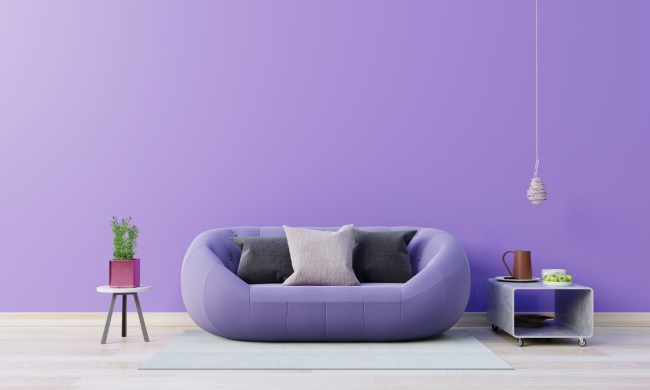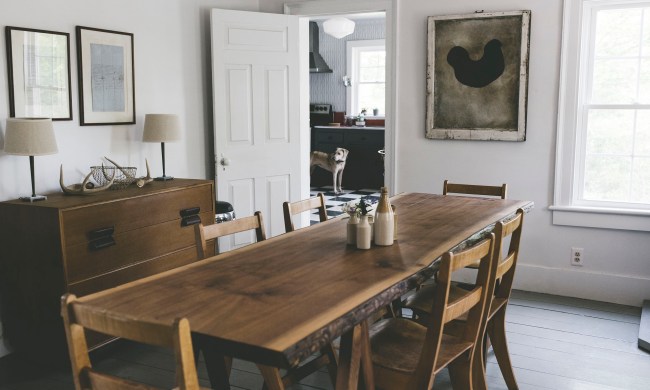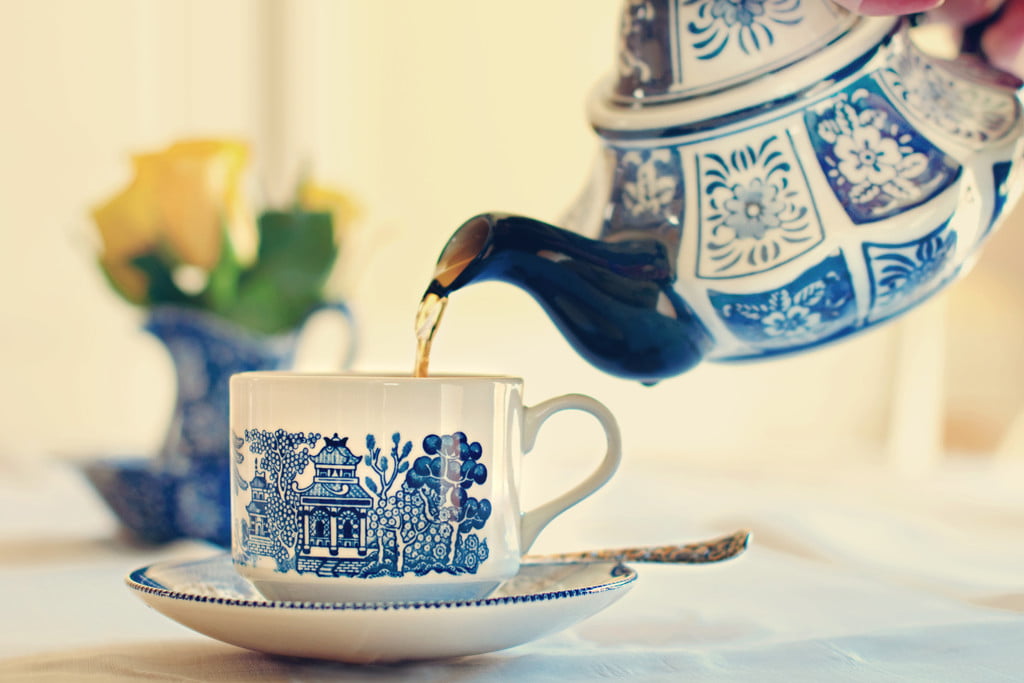
If you’ve been looking into a china set for the perfect dinner table, you may be wondering about the benefits of buying bone china vs. porcelain. You may have seen these types of dishes in your grandma’s house, or maybe you received some for your wedding. Or perhaps you’re interested in hopping on the grand millennial trend, which incorporates these plates and dishes. In any case, knowing the differences in your dinnerware materials could influence your decision when it comes to using them in your home. Porcelain and bone china are two different types of ceramics that are very similar.
Whether you’re buying your own or recently inherited some, you probably want to know what kind of dishes you have. Many people can’t tell the difference when it comes to bone china vs. porcelain just by looking at it, but there are some significant differences beyond what meets the eye. Here are the biggest differences and how you can tell them apart.

What is bone china, and what makes it unique?
Bone china gets its name because it’s made with bone ash. Bone ash is precisely what it sounds like — animal bones (usually cow bones) ground into an ash consistency. Bone china has a specific percentage of bone ash, generally between 30% and 45%, mixed into the other ingredients that can include quartz, kaolin (a type of clay), feldspar, ball clay, silica, and more. The mixture is then sculpted or molded into the desired shape and prepared for firing.
Firing is the process that ceramics go through to harden them to be used for food and drink. Bone china is unique in that it can withstand being fired twice in the kiln, which is the oven used for firing ceramics.
The first phase of firing causes the piece of bone china to shrink, and the second phase sets the glaze to the china so it becomes one. Typically, bone china is fired at a maximum temperature of 2,228 degrees Fahrenheit (1,220 degrees Celsius).
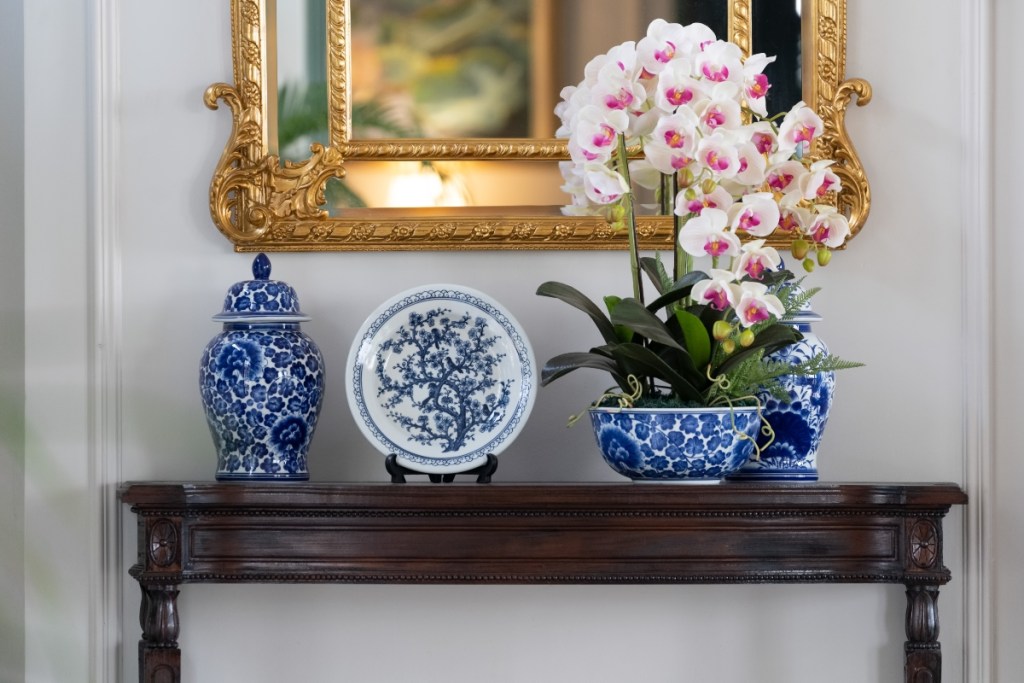
What is porcelain?
Porcelain is different from bone china for one main reason: It doesn’t contain any bone ash. The ingredients for porcelain have varied throughout history and region, so it may be difficult to tell exactly what your porcelain dishes are made of unless you know when and where they were made. European porcelain is usually made of clay, ground glass, feldspar, and other materials, whereas Chinese porcelain is made of pegmatite granite and kaolin.
The main difference between bone china and porcelain, other than ingredients, is that porcelain is harder than bone china and is fired in a kiln at a higher temperature. Porcelain is fired at approximately 2,650 degrees Fahrenheit (1,454 degrees Celsius).
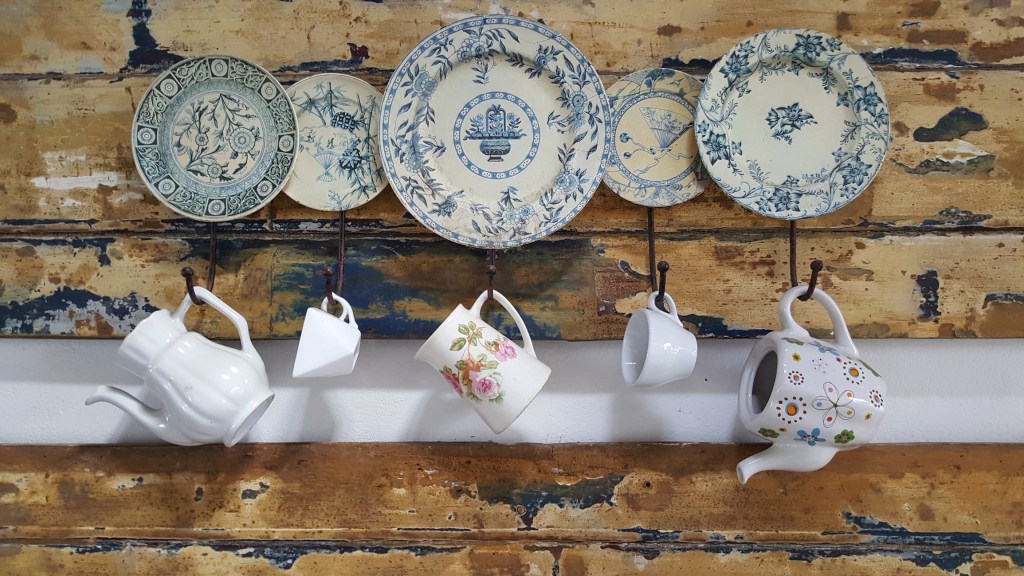
How is fine china different from other ceramics?
So, where does “fine china” fit into all of this? Well, it’s neither bone china nor porcelain, but yet another type of ceramic that exists to confuse matters even more. Fine china does not have bone ash in it, and it is not fired at a temperature as high as porcelain, so it is a different category of ceramics entirely.
The main difference between porcelain and fine china is that fine china is not as durable as porcelain due to the lower temperature at which it is fired.
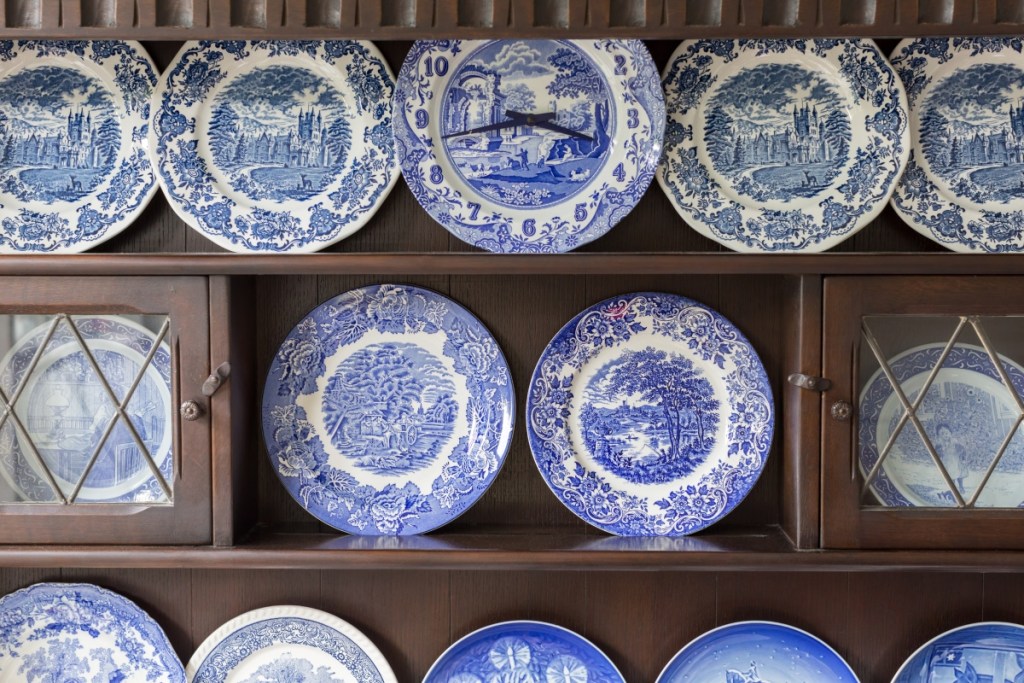
Bone china vs. porcelain: How to tell the difference
At a glance, you may not be able to tell the difference between bone china, fine china, and porcelain. However, if you look closely, bone china will not be as bright white as fine china or porcelain.
- Bone china has more of an off-white color than porcelain.
- Porcelain is also more durable and feels heavier in your hand than bone china.
- Typically, the words “bone china” are marked on the bottom of a piece of bone china.
- If you hold china up to a light, you will see that bone china is more translucent than fine china.
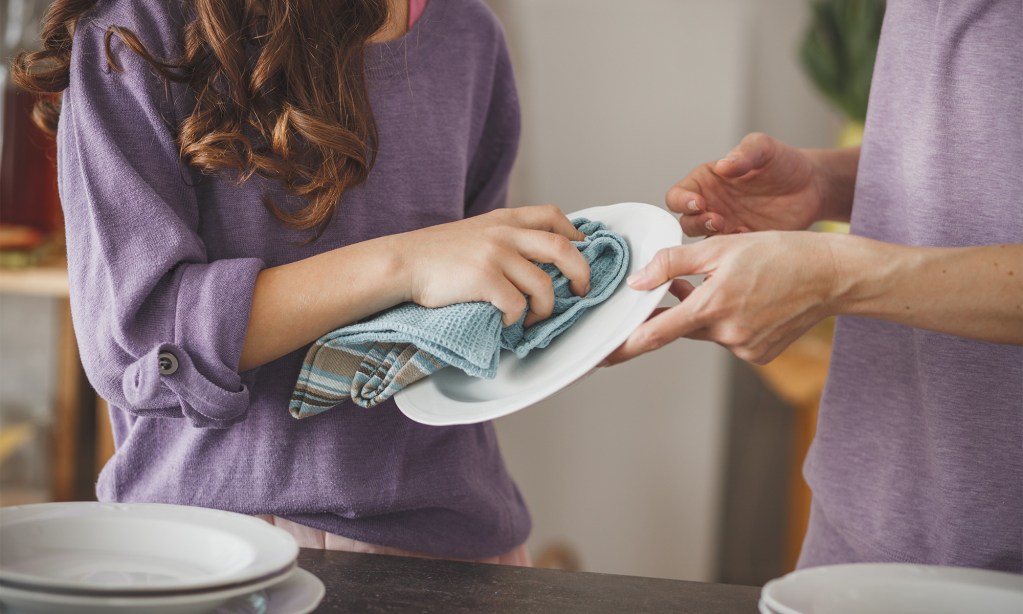
Caring for bone china vs. porcelain
Both bone china and porcelain are delicate and elegant types of ceramic dinnerware that require special care to maintain their beauty and longevity. While they share some similarities, there are distinct differences in their composition and care requirements.
Bone china is renowned for its translucency and exceptional durability. It contains a significant proportion of bone ash, which gives it its distinctive quality. To care for bone china:
- Washing: It is highly recommended to wash bone china by hand using mild dish soap and warm water. Avoid using abrasive scouring pads or harsh detergents that can damage the delicate glaze.
- Temperature: Rapid temperature changes can cause bone china to crack. Always allow it to come to room temperature before exposing it to hot or cold liquids or surfaces.
- Storage: Store bone china pieces separately to prevent chipping or scratching. Use felt or cloth separators if stacking.
Porcelain is known for its delicate beauty and fine texture. It is fired at high temperatures and is less porous than bone china. To care for porcelain:
- Washing: Porcelain should be handwashed with a mild detergent and warm water. Avoid cleaning dishes with abrasive materials that can scratch the surface.
- Temperature: Porcelain is generally safe for microwave and oven use, but avoid extreme temperature changes, such as transferring from the freezer to a hot oven, as it can cause thermal shock.
- Storage: Like bone china, store porcelain pieces separately to avoid damage and use padding between stacked items.
As you can see, both bone china and porcelain require gentle care to maintain their exquisite appearance and durability. While bone china is more susceptible to thermal shock, both types of dinnerware benefit from careful handling, handwashing, and proper storage to ensure they continue to grace your table for years to come.

Which is the better buy for your china cabinet?
Cost-wise, bone china is almost always more expensive than porcelain or any other ceramic. Basically, the more bone ash a piece of ceramic contains, the more expensive it will be due to the manufacturing process. While bone china is certainly more posh, it’s also more dainty and less durable than porcelain.
So, the better buy depends completely on what you plan to use the pieces for. If you’ll be handling them often, porcelain might be the better pick. But if they’re more for display in your china cabinet, then a dazzling piece of bone china could be for you.
Knowing the tips and tricks for identifying these materials will not only help you to differentiate between their unique styles, but will also enable you to take better care of your dishware. No matter what kind of ceramic dishes you have, you should break them out of their storage place and use them once in a while. Sure, they may be family heirlooms, but what good are fancy dishes if you never show them off?


